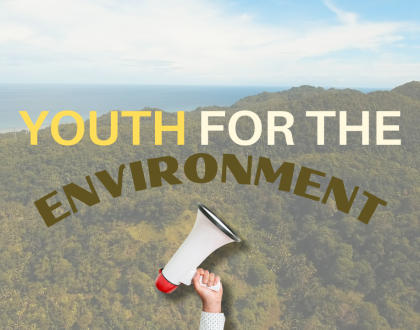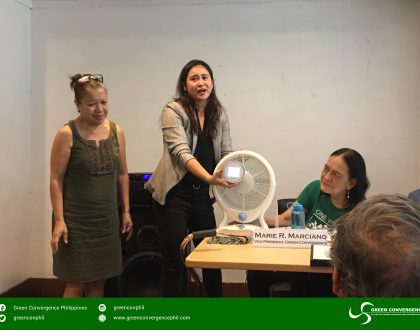Healthy Air
The session on Healthy Air was chaired by ATTY. GLYNDA BATERINA- BATHAN, the Deputy Executive Director of Clean Air Asia.
The moderator was MS. ELENIDA BASUG, the current Chief of the Environmental Education and Information Division (EEID) at the Environment Management Bureau under the Department of Environment and Natural Resources (DENR). Five expert trainers from
both the private and government organizations/institutions served as resource persons in this session.
Chairperson’s Overview:
Reducing air pollution can save millions of lives. Asia had the largest air pollution-related burden with a total of 2.6 million deaths related to outdoor air pollution; and 3.3 million deaths linked to indoor air pollution. According to Clean Air Asia (CAA) 94 percent of cities exceed the World Health Organization (WHO) Air Quality Guideline. In response, a global call to action to improve air quality was issued by several organizations. In 2014, the United Nation Environment Assembly (UNEA) issued a resolution on air quality. In 2015, the World Health Association (WHA) also issued a resolution on air quality and health. And, the Sustainable Development Goals included targets and indicators on air quality.
Asia had the largest air pollution related burden with 3.3 M deaths linked to indoor air pollution in which cooking indoor using woods is the biggest contributor as -25% of smoke stays in the house. Air pollution in the household level is a big threat. Many people living in Asian cities have high pollution level thereby putting people at risk of respiratory and cardiovascular illness. Motor vehicle emission is the largest contributor in man-made sources of pollution according to emission inventory in 2012. The World Health Organization recommended that government should develop and implement policy on
climate change mitigation considering the action on household energy and carry out assessments to maximize health and climate gains.
In the Philippines at present, the total suspended particulate (TSP) and particulate matter with a diameter of 10 micrometers (PM10) still exceeds national levels. Thirteen regions have already completed their emissions inventory. The following are being done to address air quality in the country: establishment of Air Quality Management Fund; increased enforcement against violations by industries (Bantay Tsimeneya program); antismoke belching operations (Bantay Tambutso campaign); cleaner fuels and vehicles (Euro IV); awareness campaigns (Linis Hangin); energy efficiency programs of the Department of Energy (DOE) Alternative fuel program; promotion of non-motorized transport (pedestrian and cycling facilities); and research and pilot demonstration projects for mass transportation.
Recommended Posts

Kabataan Para sa Kalikasan!
February 26, 2021

Environmental Forum: ‘Kailangan pa rin ang green spaces sa urban area’
November 23, 2020

Green Convergence to LGUs: ‘Invest in green spaces!’
October 23, 2019
